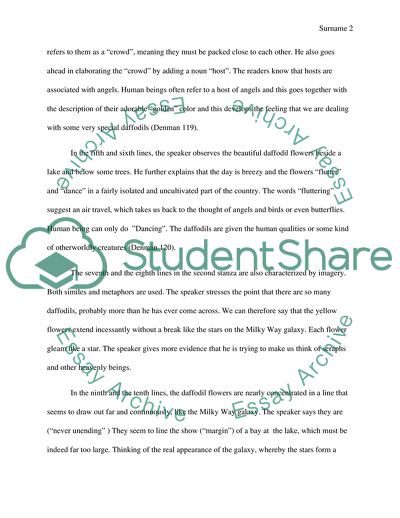Cite this document
(Comparison of the Imagery between The Tyger and Daffodils Essay, n.d.)
Comparison of the Imagery between The Tyger and Daffodils Essay. https://studentshare.org/literature/1823830-developing-one-of-the-short-response-papers-into-a-longer-final-paper
Comparison of the Imagery between The Tyger and Daffodils Essay. https://studentshare.org/literature/1823830-developing-one-of-the-short-response-papers-into-a-longer-final-paper
(Comparison of the Imagery Between The Tyger and Daffodils Essay)
Comparison of the Imagery Between The Tyger and Daffodils Essay. https://studentshare.org/literature/1823830-developing-one-of-the-short-response-papers-into-a-longer-final-paper.
Comparison of the Imagery Between The Tyger and Daffodils Essay. https://studentshare.org/literature/1823830-developing-one-of-the-short-response-papers-into-a-longer-final-paper.
“Comparison of the Imagery Between The Tyger and Daffodils Essay”. https://studentshare.org/literature/1823830-developing-one-of-the-short-response-papers-into-a-longer-final-paper.


